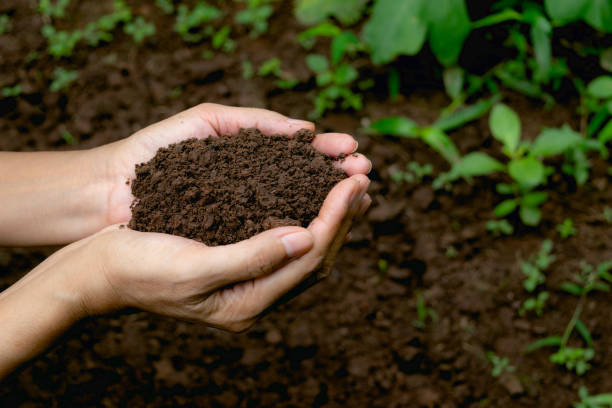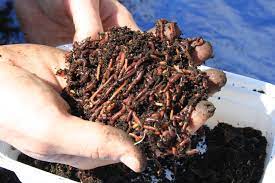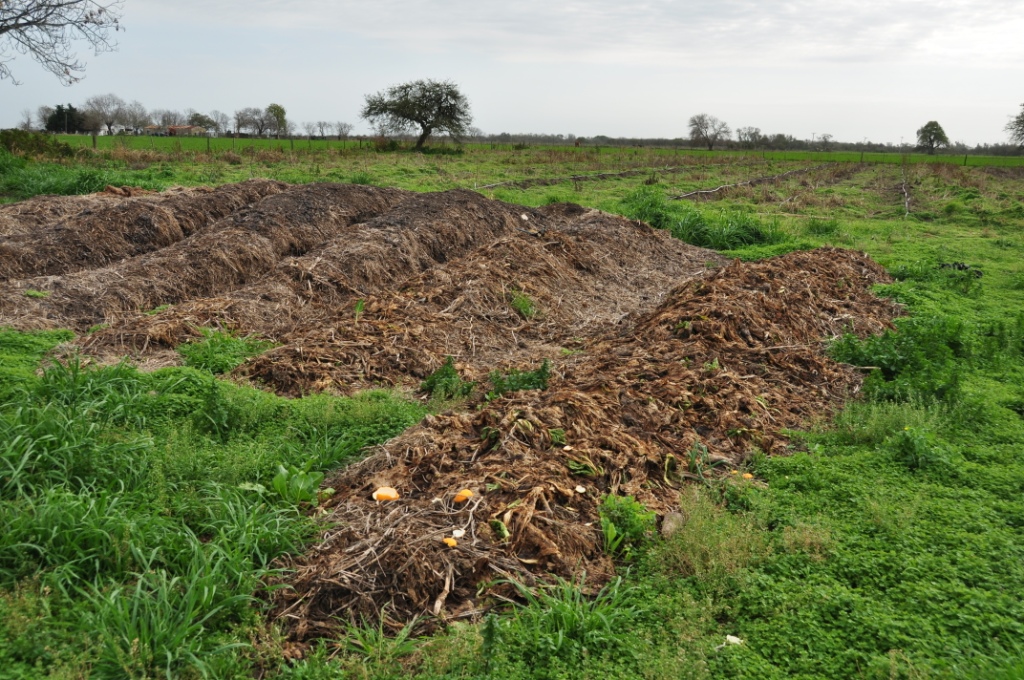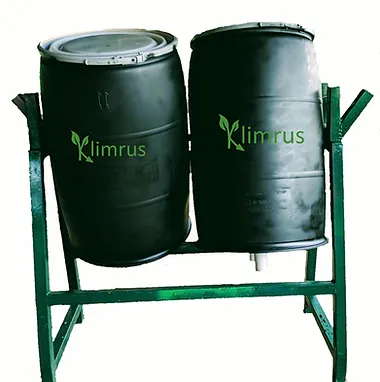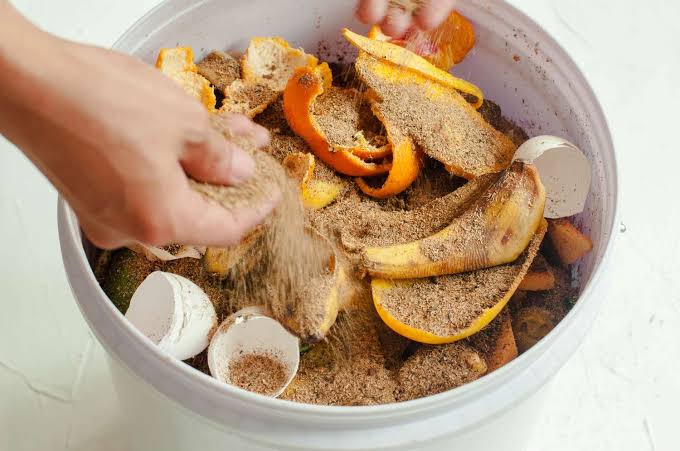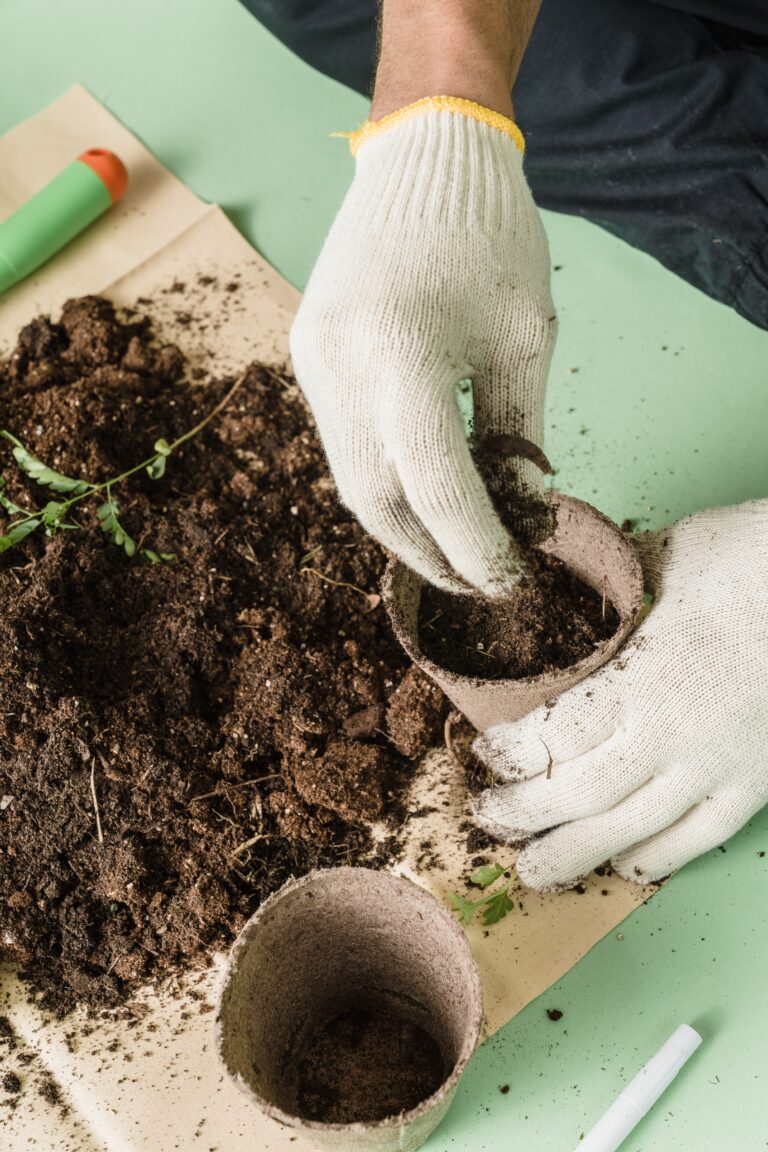Transforming Your Waste into Valuable Resources with Manual shredder Shredding Technology.

In today’s world, environmental concerns are at an all-time high, and the need for efficient and eco-friendly waste management solutions has never been more urgent. One such solution is a manual waste shredder, which can help reduce the volume of waste in an environmentally friendly way.
At its core, a manual waste shredder is a simple machine that helps break down waste into smaller, more manageable pieces. This can be particularly useful for organic waste, such as food scraps and yard waste, which can take up a lot of space and contribute to greenhouse gas emissions if they end up in landfills.
One of the primary benefits of a manual waste shredder is that it is easy to use and does not require any electricity or special skills. All you need to do is load the waste into the shredder and turn the crank. The shredder will then break down the waste into smaller pieces that are easier to manage.
Another advantage of a manual waste shredder is that it can help reduce the amount of waste that goes to landfills. By shredding organic waste, you can create compost that can be used to enrich soil and help plants grow. This can be a particularly useful solution for people who live in urban areas and do not have access to outdoor composting options.
In addition to being eco-friendly, a manual waste shredder can also be cost-effective. Because it does not require electricity, it can be a great solution for people who are looking for ways to reduce their energy consumption and lower their utility bills.
watch below video how does manual shredder work?
Overall, a manual waste shredder is a simple but effective solution for managing waste in an environmentally friendly way. Whether you are looking to reduce your carbon footprint, save money on your utility bills, or simply make your waste more manageable, a manual waste shredder could be the perfect solution for you.
Also read: What is Shredder and how many types of Shredders.
As we face the challenges of climate change and environmental degradation, finding effective and sustainable ways to manage waste has become increasingly important. One of the solutions that has gained popularity in recent years is the use of manual waste shredders.
Manual waste shredders are simple machines that break down waste into smaller, more manageable pieces. They can be particularly useful for organic waste, such as food scraps and yard waste, which can take up a lot of space and contribute to greenhouse gas emissions if they end up in landfills.
There are many benefits to using a manual waste shredder, including its ease of use, cost-effectiveness, and environmental sustainability.
Ease of Use:
One of the primary benefits of a manual waste shredder is that it is easy to use and does not require any electricity or special skills. All you need to do is load the waste into the shredder and turn the crank. The shredder will then break down the waste into smaller pieces that are easier to manage.
This ease of use makes manual waste shredders a great solution for people who want to reduce their waste footprint but don’t have access to more sophisticated waste management systems. For example, if you live in an apartment building or a rural area without access to municipal composting facilities, a manual waste shredder can help you reduce the volume of waste you generate and create compost that can be used to enrich soil.
Cost-Effectiveness:
Another advantage of a manual waste shredder is that it can be cost-effective. Because it does not require electricity, it can be a great solution for people who are looking for ways to reduce their energy consumption and lower their utility bills. Additionally, many manual waste shredders are made from durable materials like stainless steel or high-density plastic, which means they can last for many years with minimal maintenance.
Composting:
One of the primary uses of a manual waste shredder is to create compost. Composting is a natural process that breaks down organic waste into a nutrient-rich soil amendment. When done correctly, composting can help reduce greenhouse gas emissions, improve soil health, and save money on fertilizers.
A manual waste shredder can help speed up the composting process by breaking down organic waste into smaller pieces that are easier for microbes to break down. This can be particularly useful for tougher materials like branches or cornstalks, which can take longer to decompose.
To use a manual waste shredder for composting, simply load the organic waste into the shredder and turn the crank. Once the waste is shredded, mix it with other compostable materials like leaves, grass clippings, or kitchen scraps. Then, let the compost “cook” for several months, stirring it occasionally to promote decomposition. Eventually, the compost will be ready to use in your garden or on your lawn.
Reduces Waste:
Another benefit of using a manual waste shredder is that it can help reduce the amount of waste that goes to landfills. When organic waste ends up in landfills, it decomposes anaerobically (without oxygen) and releases methane, a potent greenhouse gas. By shredding organic waste and using it for compost, you can divert that waste from the landfill and reduce your carbon footprint.
Additionally, using a manual waste shredder can help reduce the volume of waste you generate overall. When waste is shredded, it takes up less space in your garbage can or compost pile, which means you can go longer between waste pickups or reduce the size of your compost pile.
Versatility:
Manual waste shredders can be used for a variety of different types of waste, including paper, cardboard, and even plastic. While shredding plastic may not create compostable material, it can reduce the volume of plastic waste and make it easier to recycle.
For example, if you have a lot of plastic packaging from food or
other items, you can shred it into small pieces that take up less space in your recycling bin. This can help reduce the number of trips you need to make to the recycling center, as well as the amount of fuel and energy required to transport your recycling.
In addition to plastic, manual waste shredders can also be used for other types of waste that may not be compostable, such as paper or cardboard. By shredding paper and cardboard, you can create packing material or even use it for crafts.
Environmentally Sustainable:
Perhaps the most significant benefit of using a manual waste shredder is its environmental sustainability. Unlike other waste management systems that require energy, transportation, and other resources, manual waste shredders are powered by hand and can be used anywhere, at any time.
Manual waste shredders also create less waste than other systems. When you use a shredder to break down organic waste into compost, you’re not only reducing the amount of waste that goes to landfills but also creating a valuable resource that can be used to enrich soil and promote plant growth.
Additionally, using a manual waste shredder can help reduce greenhouse gas emissions. When organic waste is left to decompose in landfills, it releases methane, a potent greenhouse gas that contributes to climate change. By shredding organic waste and using it for compost, you can help prevent methane emissions and reduce your carbon footprint.
Choosing the Right Manual Waste Shredder:
If you’re interested in using a manual waste shredder, there are a few factors to consider when choosing the right model for your needs.
First, consider the type of waste you’ll be shredding. Some manual waste shredders are designed specifically for organic waste, while others can handle a variety of materials, including plastic and paper.
Next, consider the capacity of the shredder. If you have a large amount of waste to shred, you may want to choose a model with a larger capacity. However, if you only have a small amount of waste, a smaller shredder may be more appropriate.
Finally, consider the construction and durability of the shredder. Look for a model that is made from high-quality materials like stainless steel or high-density plastic, as these materials are more durable and can withstand heavy use over time.
Conclusion:
Manual waste shredders are a simple but effective solution for managing waste in an environmentally friendly way. Whether you’re looking to reduce your carbon footprint, save money on your utility bills, or simply make your waste more manageable, a manual waste shredder can be a valuable addition to your waste management toolkit.
By shredding organic waste and using it for compost, you can create a valuable resource that can be used to enrich soil and promote plant growth. Additionally, using a manual waste shredder can help reduce the amount of waste that goes to landfills, as well as greenhouse gas emissions.
When choosing a manual waste shredder, consider the type of waste you’ll be shredding, the capacity of the shredder, and the construction and durability of the model. With the right shredder, you can make a positive impact on the environment and reduce your waste footprint for years to come.
to know more details , please visit: Klimrus Sustainable Solution Pvt. Ltd.

